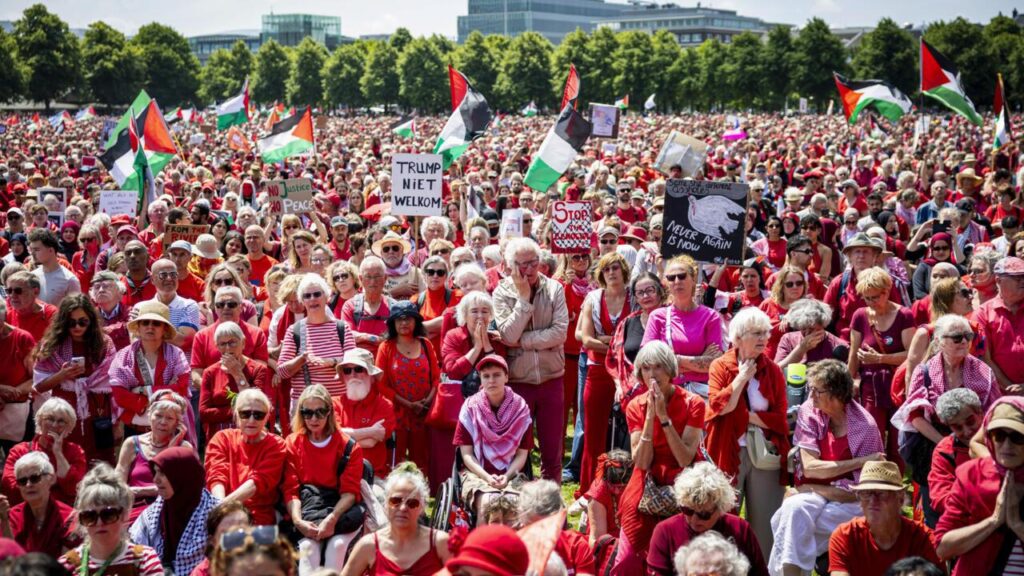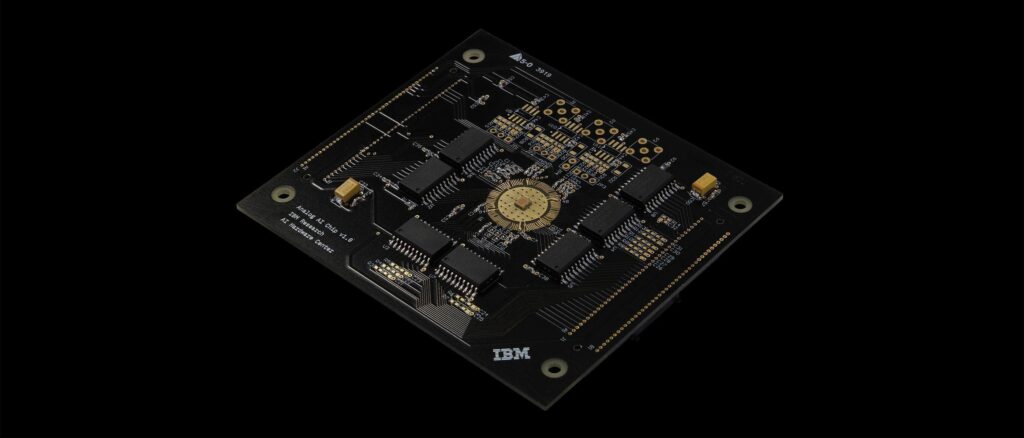The cobblestone streets of Amsterdam echoed with passionate voices once more,as thousands of demonstrators gathered in a sea of Palestinian flags and handmade signs,marking the second major protest calling for the Dutch government to take a definitive stance on the ongoing conflict in the Middle East. With growing global tensions and mounting public pressure, this rally represented more than just a demonstration—it was a powerful collective expression of concern, demanding diplomatic intervention and a commitment to humanitarian principles. Thousands of demonstrators converged in Amsterdam, echoing global calls for peace and demanding immediate intervention regarding the ongoing conflict in Gaza. The massive gathering reflected growing international frustration with the current geopolitical situation.
Protesters draped in Palestinian flags and wearing distinctive black and white keffiyehs filled the city’s central square, creating a sea of solidarity. Diverse groups, including students, activists, and community leaders, united under a common message of humanitarian concern.
Speakers at the event highlighted the escalating humanitarian crisis, emphasizing the disproportionate impact on civilian populations. Passionate speeches condemned the violence and urged diplomatic solutions that prioritize human rights and peaceful resolution.
The demonstration marked a meaningful moment in Dutch public discourse, showcasing widespread support for Palestinian civilians caught in the crossfire. Organizers emphasized the importance of international pressure and diplomatic negotiations to halt the ongoing conflict.
Signs and banners displayed powerful messages calling for immediate ceasefire, humanitarian aid, and political accountability. Participants represented various backgrounds, reflecting a broad coalition of support for peaceful conflict resolution.
Local politicians and international observers noted the remarkable organization and peaceful nature of the protest. The event demonstrated the Netherlands’ commitment to human rights and global humanitarian principles.
Social media platforms buzzed with live updates, amplifying the protest’s message beyond physical boundaries. Hashtags and digital engagement helped spread awareness about the demonstration’s core objectives.
Notably, the protest drew comparisons with previous international demonstrations, highlighting a growing global movement demanding accountability and intervention in conflict zones. The Amsterdam gathering symbolized a broader international sentiment seeking diplomatic solutions.
Police maintained a professional and supportive presence, ensuring the protest remained peaceful and orderly.Crowd management strategies allowed participants to express their views without disruption.
Speakers emphasized the need for nuanced understanding of complex geopolitical dynamics, rejecting simplistic narratives and promoting dialog. The event served as a platform for meaningful discussions about conflict resolution and humanitarian values.The diverse crowd represented a cross-section of Dutch society, including students, professionals, religious groups, and human rights activists. Their unified voice underscored the widespread desire for peaceful resolution and international justice.
Participants expressed hope that their collective action would contribute to meaningful political dialogue and potential diplomatic interventions. The demonstration represented more than a protest—it was a powerful statement of solidarity and human empathy.
As the event concluded, organizers promised continued advocacy and commitment to raising awareness about the humanitarian crisis, signaling that this was not an isolated moment but part of a sustained global movement.



